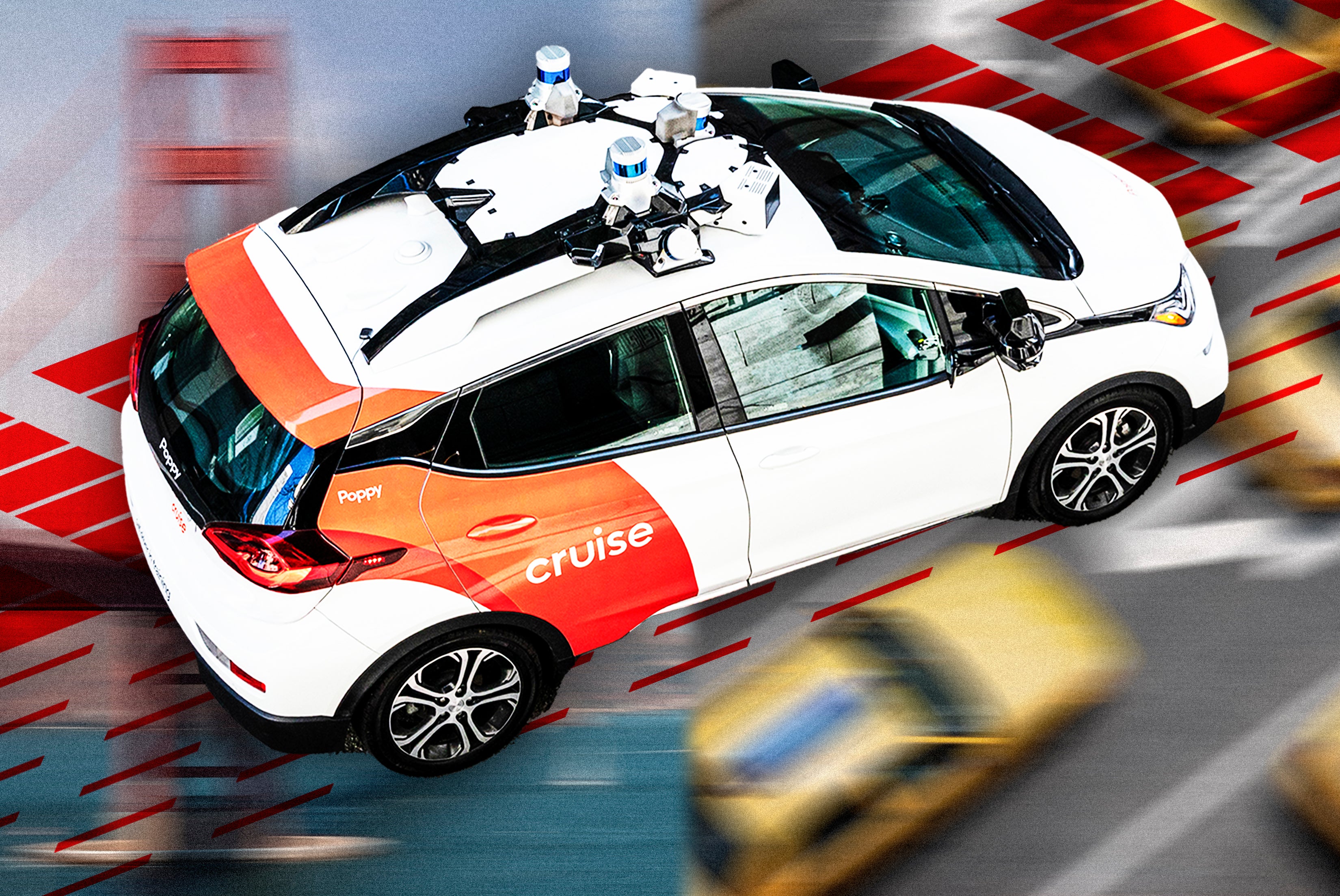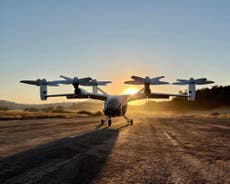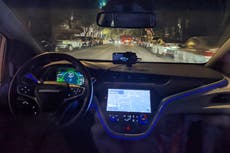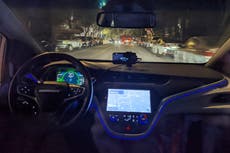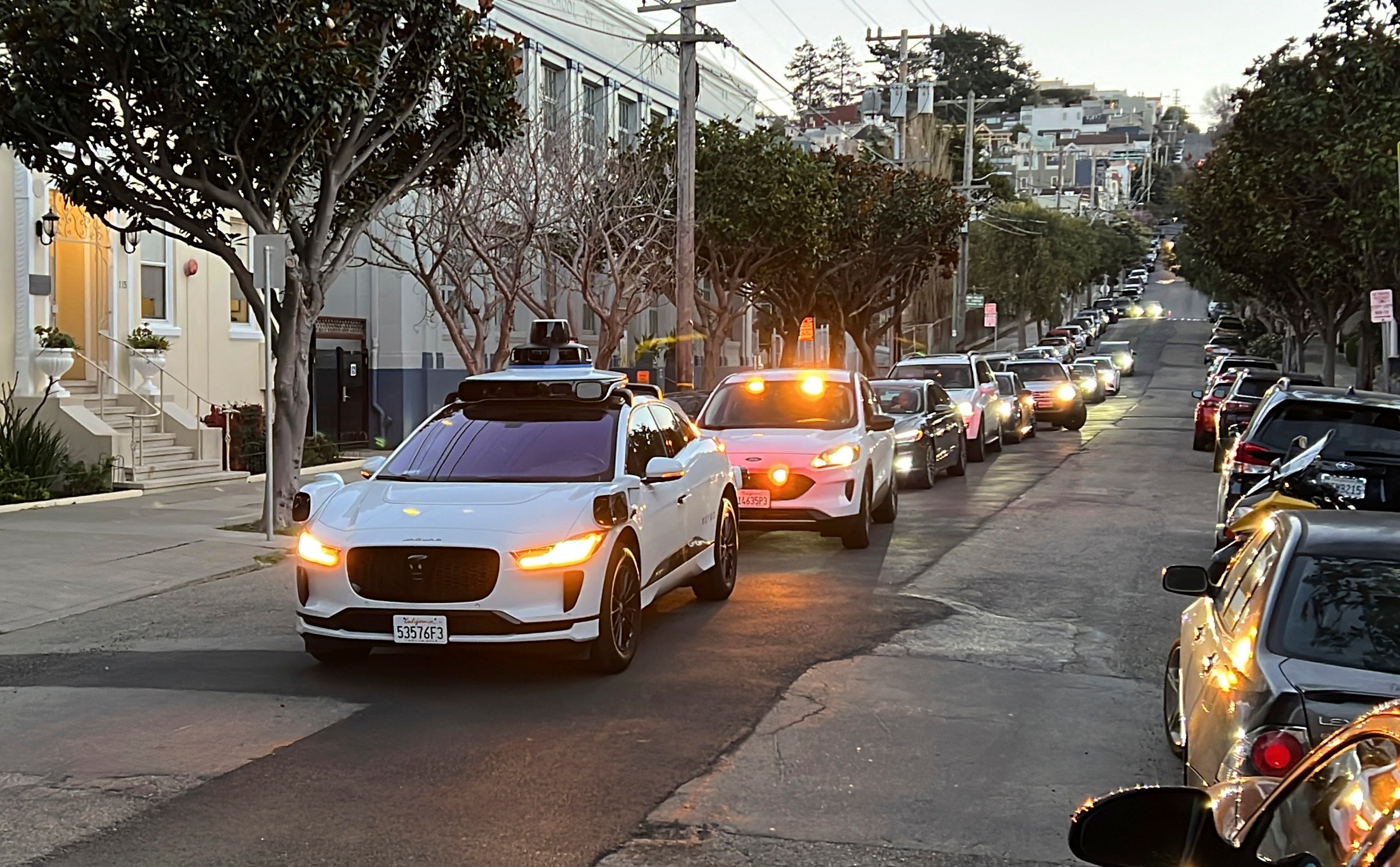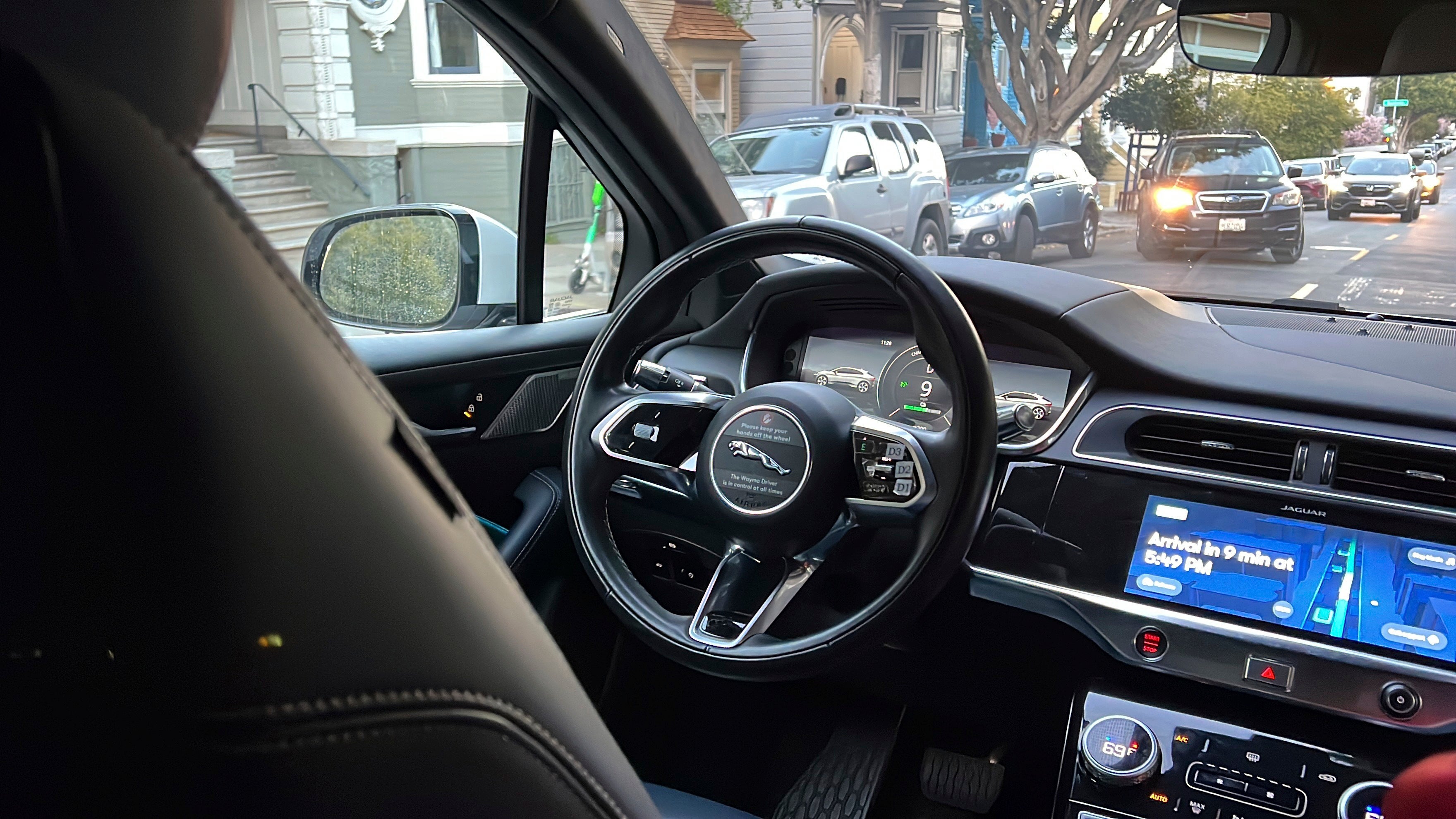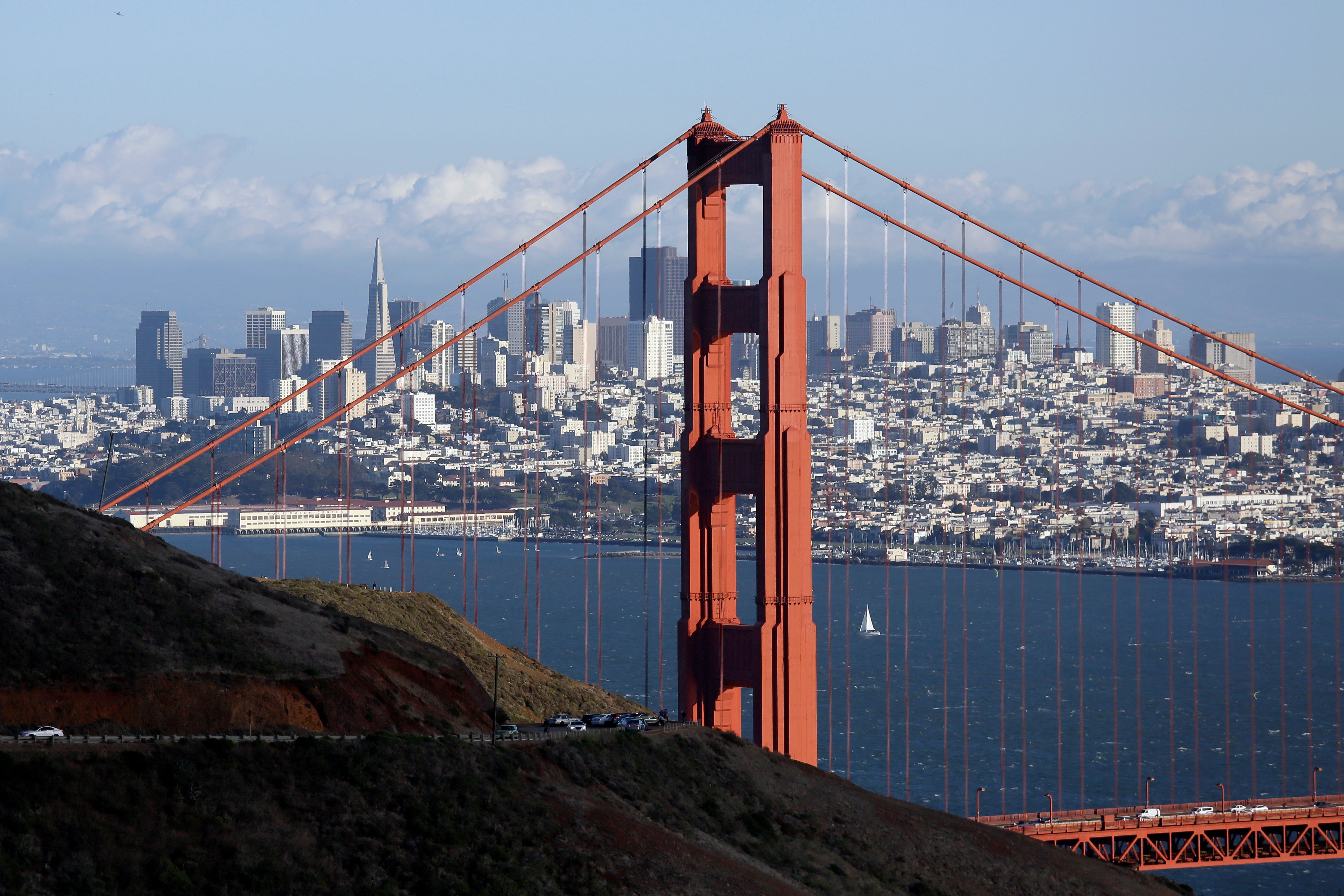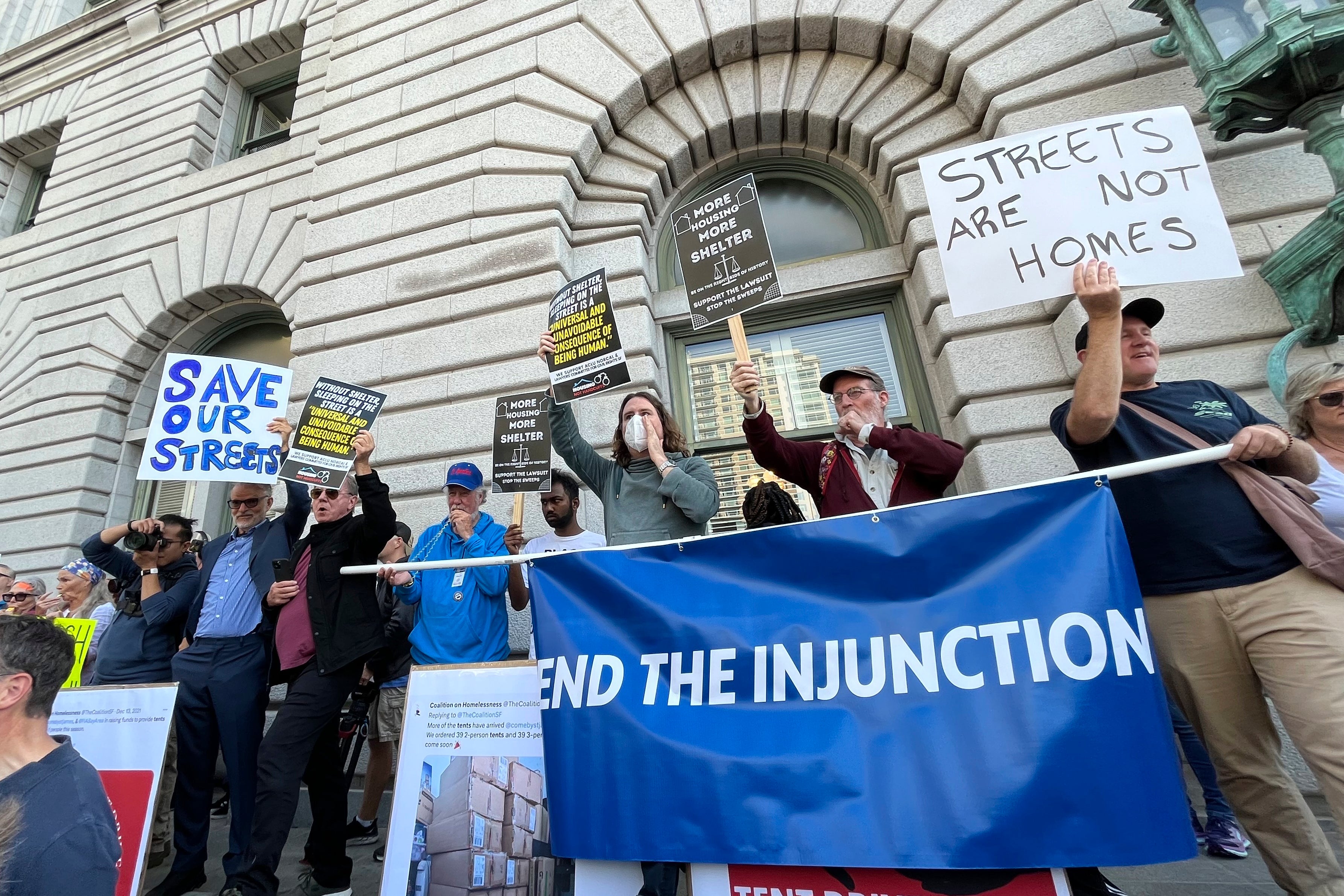"I've seen signs in different people's yards in the past after these disasters, ... 'You loot, we shoot.' ... You never know what's behind that door."
The Volokh Conspiracy
Mostly law professors | Sometimes contrarian | Often libertarian | Always independent
|
The "we" here refers to homeowners; here's a longer text snippet, from Fox News:
I'd also just remind potential looters that you never know what you're walking into. People have a right to defend their property. This part of Florida, you got a lot of advocates and proponents of the Second Amendment. I've seen signs in different people's yards in the past after these disasters, and I would say it's probably here, "You loot, we shoot."
You never know what's behind that door if you go break into somebody's house.
Are homeowners allowed to shoot people who break into their homes, apparently to loot? Yes, under Florida law, and the law of many (though not all) states. The relevant Florida statute provides,
A person is justified in using or threatening to use deadly force if he or she reasonably believes that using or threatening to use such force is necessary to prevent imminent death or great bodily harm to himself or herself or another or to prevent the imminent commission of a forcible felony.
And "forcible felony" is defined as (emphasis added)
treason; murder; manslaughter; sexual battery; carjacking; home-invasion robbery; robbery; burglary; arson; kidnapping; aggravated assault; aggravated battery; aggravated stalking; aircraft piracy; unlawful throwing, placing, or discharging of a destructive device or bomb; and any other felony which involves the use or threat of physical force or violence against any individual.
Burglary in turn includes "Entering a dwelling, a structure, or a conveyance with the intent to commit an offense therein, unless the premises are at the time open to the public or the defendant is licensed or invited to enter …." If you reasonably believe that someone is entering your Florida home to commit an offense (such as theft), you are legally allowed to use deadly force to prevent that. Indeed, you are legally allowed to do the same with regard to your Florida business (when it's not open to the general public), since burglary isn't limited to residential burglary.
The matter varies from state to state. In all, you can generally use deadly force when you reasonably believe it necessary to prevent death, serious bodily injury, or rape (and generally kidnapping) but states differ as to robbery, burglary, and the like. (I have more on that below.) But in Florida you can indeed use deadly force to stop burglary.
Note that this doesn't have to do with the "stand your ground" vs. "duty to retreat" debate. The "duty to retreat" rule, which is the law in about 1/4 of the states, is that, when you can avoid the threat with complete safety by leaving the place you lawfully are (outside your own home), you aren't allowed to stay and use deadly force to combat the threat. The "stand your ground" rule, which is the law in about 3/4 of the states, is that in such situations you may stay and use deadly force. Here, the defenders are generally in their homes, and they can't avoid the threat (here, of burglary) by leaving, so both rules would yield the same result. The question I'm discussing here is what kind of threat justifies deadly force (threat of burglary suffices in Florida but not in some other states), a separate question from the question of what you may do if you can avoid that threat with perfect safety.
[* * *]
Here's a summary of the bigger picture question of when people are allowed to use deadly force to defend property, throughout the U.S., borrowed from a 2020 post of mine on the subject:
I touched on this briefly in my looting/shooting post, but I thought I'd elaborate a bit more (especially since the commenters seemed to be interested in both the legal and moral aspects of this question). Note that this is, as usual, not specific legal advice, but just a general layout of how various American courts deal with the matter; many of the rules, as you'll see, vary sharply among states, and often turn on specific factual details. (I say "you" below for clarity and convenience—I hope none of you has to actually do any of this.)
[1.] In all states, you can use deadly force to defend yourself against death, serious bodily injury (which can include broken bones and perhaps even lost teeth), rape, or kidnapping, so long as (a) your fear is reasonable and (b) the danger is imminent (requirements that also apply to the doctrines I discuss below). For instance, you should be able to use deadly force against someone who is trying to burn down your home, since that threatens you with death or serious bodily harm. You should be able to do the same against someone who is trying to burn down your business, though with possible limitations involving the duty to retreat in the minority of states that recognize such a duty.
But in nearly all states, you can't generally use deadly force merely to defend your property. (Texas appears to be an exception, allowing use of deadly force when there's no other way to protect or recapture property even in situations involving simple theft or criminal mischief, though only at night, Tex. Penal Code § 9.42; see, e.g., McFadden v. State (Tex. Ct. App. 2018).) That's where we get the conventional formulation that you can't use deadly force just to defend property.
[2.] This conventional formulation, though, omits an important limitation: In basically all states, you can use nondeadly force to defend your property—and if the thief or vandal responds by threatening you with death or great bodily harm, you can then protect yourself with deadly force. So in practice, you can use deadly force to protect property after all, if you're willing to use nondeadly force first and expose yourself to increased risk.
And in some states, you don't even need to expose yourself to such increased risk, if you reasonably fear at the outset that nondeadly protection of property would be too dangerous. In those states, to quote the Model Penal Code formulation (which some have adopted), deadly force can be used if
the person against whom the force is used is attempting to commit or consummate arson, burglary, robbery or other felonious theft or property destruction and either:
[a] has employed or threatened deadly force against or in the presence of the actor; or
[b] the use of [nondeadly] force to prevent the commission or the consummation of the crime would expose the actor or another in his presence to substantial danger of serious bodily injury.
Note the requirement, in at least this version, of felonious theft or property destruction.
[3.] And that's just for garden-variety theft and property damage. When the theft or vandalism is aggravated in certain ways, many states allow for still more deadly force.
[A.] In about half the states you can use deadly force against robbery, which generally includes any theft from the person that uses modest force or a threat: "Even a purse snatching can constitute a robbery if the victim simply resists the effort to wrest the purse away." Some robbery of course does also create a reasonable fear of death or serious bodily injury, but in these states such a fear is not required.
[B.] In some states, there is a rebuttable presumption that you reasonably fear death or great bodily harm—and may thus use deadly force—if the target is (to quote the Iowa statute),
Unlawfully entering by force or stealth the dwelling, place of business or employment, or occupied vehicle of the person using force, or has unlawfully entered by force or stealth and remains within the dwelling, place of business or employment, or occupied vehicle of the person using force.
This is just a presumption, but to rebut it the prosecution would generally have to prove beyond a reasonable doubt that you didn't actually reasonably fear death or great bodily harm in such a situation.
[C.] And in some states, it is categorically permissible to use deadly force against burglary—often defined as entering a building illegally with the intent to commit a crime (including theft) there—or against arson, even when you have no reasonable fear of death or serious bodily injury to yourself. For instance, here is one of the New York criminal jury instructions, which generally summarize several relevant New York statutes (brackets in the following text are in the original, and indicate text that is included if the facts of the case fit it):
Under our law, a person in possession or control of [or licensed or privileged to be in] a dwelling [or an occupied building], who reasonably believes that another individual is committing or attempting to commit a burglary of such dwelling [or occupied building], may use deadly physical force upon that individual when he or she reasonably believes such to be necessary to prevent or terminate the commission or attempted commission of such burglary….
A person commits BURGLARY when that person knowingly enters or remains unlawfully in a dwelling [or occupied building] with the intent to commit a crime therein.
Note that building includes "any structure, vehicle or watercraft used for overnight lodging of persons, or used by persons for carrying on business therein," and there's also a similar instruction as to deadly force to prevent arson, which is not limited to burning of occupied buildings.
All this, of course, is just the tip of the iceberg: There are various limitation to these rules (e.g., if you're actually the initial aggressor, or if you know there's a good-faith dispute about the ownership of the property), and I'll note again that the rules and their interpretation can vary sharply from state to state.But this is the big picture, which I think helps show the complexity of this area of the law.

